Opinion: The art of the flip is inevitable, but it’s not foolproof
“What is this, a flip?”
“This guy is a known flipper.”
“These damn flippers are ruining the hobby for everyone.”
Talk to enough car people or scan enough Bring a Trailer listings and you’re guaranteed to see these types of comments. We’ve somehow been trained to think that buying a car with the intent to quickly resell it for profit is a cardinal sin.
But is flipping cars really so bad? In the eyes of government agencies such as the DMV and the IRS, it is only if you don’t pay the sales taxes and title it in your own name, or you fail to claim the profits on your tax return. And in many states, you can’t flip cars too many times in a calendar year, because then you’re considered a dealer and need to get a dealer’s license. In Wisconsin, for example, that threshold is four. Which is why I have a dealer’s license of my very own.
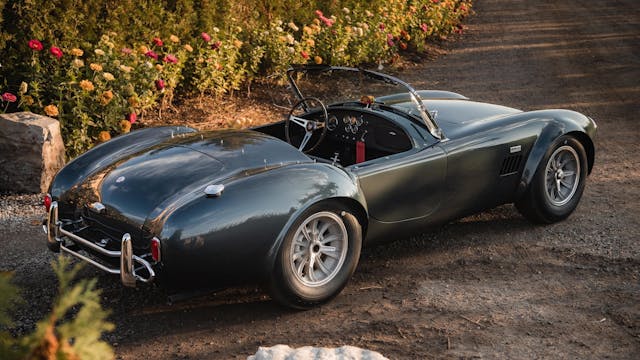
So call it what you will—flipping, short-term ownership—if it isn’t illegal, why does it have such a bad rap? I can only guess that somewhere along the line, flipping a collector car for profit gained a negative connotation in some people’s eyes and that opinion was contagious. Counterpoint: Flipping just seems inevitable in this hobby, gatekeepers be damned. Collectibles, by nature, get flipped and traded all the time: art, coins, stamps. Heck, we all grew up “flipping” baseball cards (or AHRA Drag Cards) with our friends.
For me, over the past 35 years of playing with cars, “flipping” and trading up were always a means to an end. Buy a car that needed some love, fix it up, sell it for a profit, use that money to buy a better car, repeat. I know I’m not alone in this method of collection building.
So doesn’t that process make “flipping” one of the best things about our hobby? Should there really be a stigma attached to identifying a car with good bones and then using your expertise and elbow grease to make it—or simply market it—better? Along the way, you get to own a fun car for a while and you have a shot to make some money when you sell. It’s the beauty of a free-market economy coupled with hard work and a knowledge of cars, all in one.
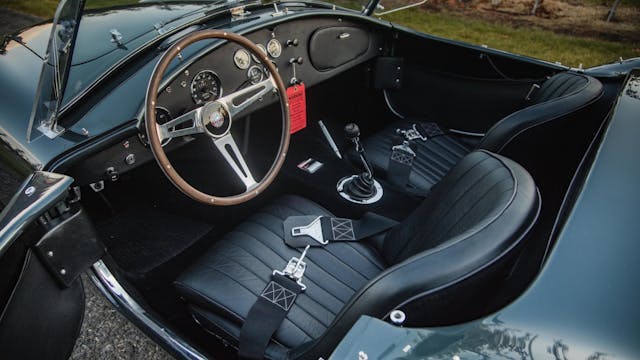
Of course, not every flip is a success. Some, frankly, are flipping failures. Been there, done that, got the T-shirt, thank you. Every deal is a calculated risk, and sometimes, even though it may look like a flip worked out, that isn’t always the case once you calculate taxes, shipping, auction fees, refurbishment costs, and the like. Hey, nobody said it’d be flipping easy.
Over the past year or so, I’ve witnessed some impressive flips. My favorite has to be Carroll Shelby’s former 427 Cobra, s/n CSX3178. Amid great fanfare, the Shelby family sold it for $1.375M at RM’s Monterey sale in 2016, where they also sold Shelby’s other Cobra, s/n CSX2000, for $13.75M. The Cobra-fluent dealer who bought 3178 recognized that the automatic transmission, roll bar, side pipes, non-original engine, low-profile tires, color change to red, and other modifications done by Shelby over the years did not present the car in its best light. So the buyer changed the car back to its original gray color, installed a correct four-speed, and essentially returned 3178 to the way it looked when it was delivered new in 1966.
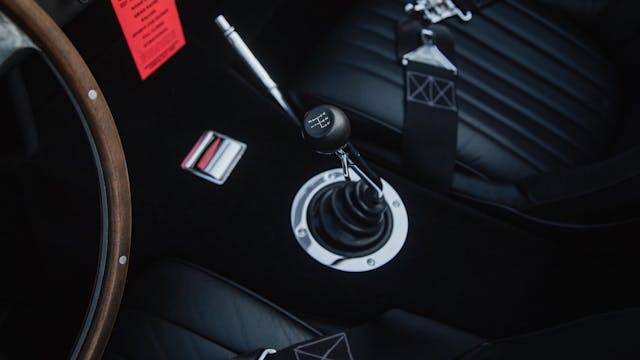
He consigned it to Mecum’s 2021 Kissimmee sale, and the auction house promoted it heavily for months, including shipping it around for display and even featuring it on a TV show. The effort worked, and the Cobra sold for $5.94M this time. Even after restoration costs and commissions, this represents about a $3.5M profit, or over 300 percent in a little over four years. In this case, it boiled down to correcting modifications on a significant car that many people couldn’t see beyond—and recognizing the perfect time to return the car to market.
As the examples here show, flipping cars works (and also doesn’t work) at nearly every price point. And although there is no promise of success, you’ll get pretty far with good timing, a keen eye, and a willingness to roll the dice.
A flip and a win
The marketplace is full of flipping temptation. Here are some relatively recent examples that paid off—and some that didn’t.
1986 Rolls-Royce Silver Spur
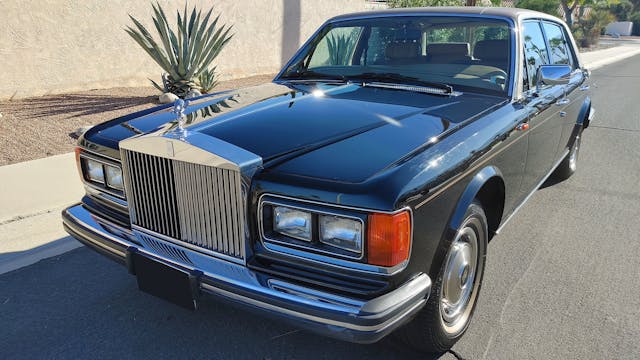
Bought: $8470; Oct 2020
Sold: $27,500; Nov 2020
This Rolls-Royce Silver Spur, with 38,317 miles, fell through the cracks at Barrett-Jackson in October 2020. Two weeks later, it was offered at Mecum Las Vegas—with just 99 more miles on the odometer. Proof that if you pay attention, almost every auction will have a bargain.
1995 Mercedes E320 Cabriolet
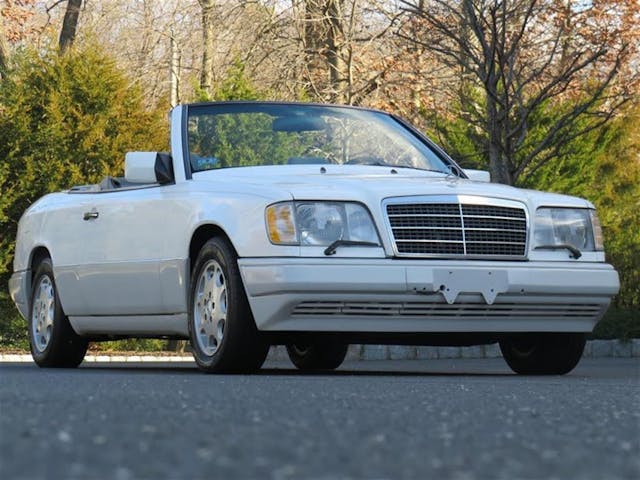
Bought: $7200; Apr 2020
Sold: $21,500; Dec 2020
This 1995 Mercedes E320 Cabriolet with some issues sold on Bring a Trailer to a well-known M-B expert/dealer. After its needs were addressed and it was relisted on BaT with a clear explanation of what was done and why, it brought triple the money—proof that taking an unknown quantity and sorting it properly is a great way to come out ahead in a flip.
2006 Dodge Ram SRT/10
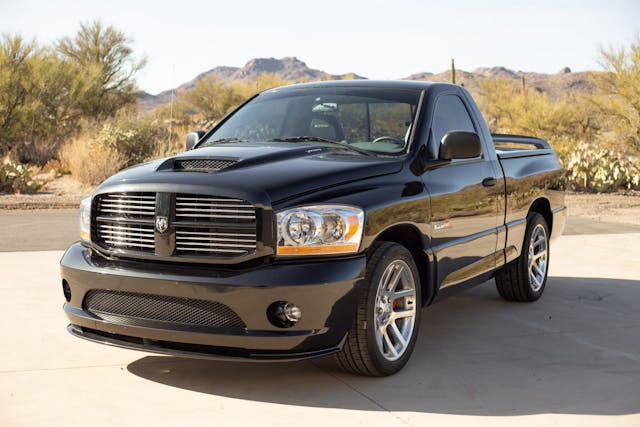
Bought: $42,000; Feb 2020
Sold: $76,000; Jan 2021
Sometimes all it takes is identifying a vehicle being sold at the wrong venue. This 1200-mile, one-owner 2006 Dodge Ram SRT/10 truck initially sold on Hemmings’ auction site. Eleven months later, it showed up on Bring a Trailer, clearly playing off of BaT’s large following and proven results for “wrapper cars.”
1986 Porsche 911 Turbo
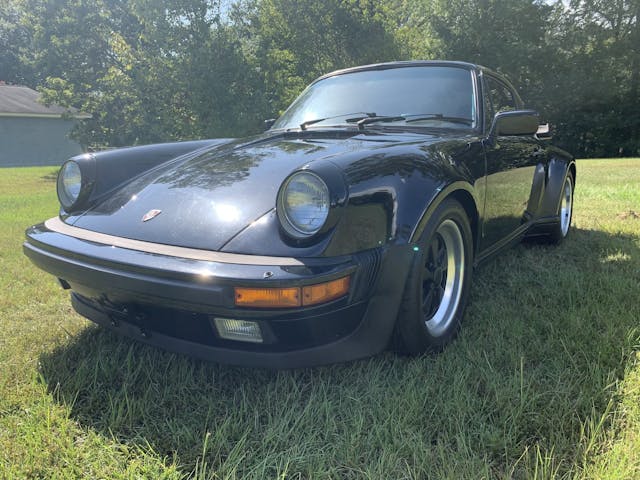
Bought: $81,500; Sep 2020
Sold: $129,250; Jan 2021
Bring a Trailer has to be the best venue for this mid-’80s rocket ship, right? Wrong. Though its initial sale price seemed strong, the same 911 Turbo showed up, with 1 more mile on the odometer, at Mecum’s Kissimmee sale four months later and sold for $129,250. Hey, sometimes caviar sells well at a steakhouse.
A flip and a miss
1934 Mercedes-Benz 500K
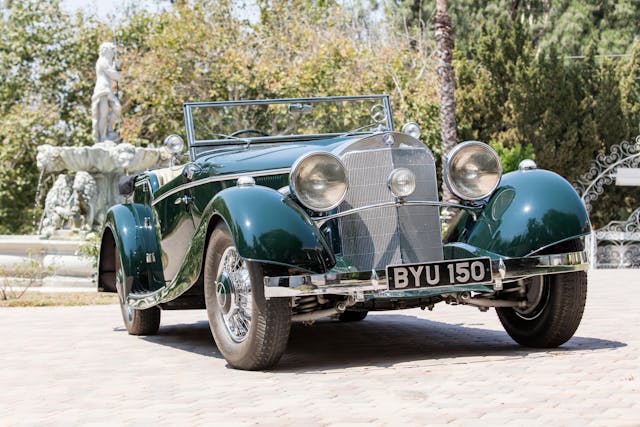
Bought: $830,000; Jan 2019
Sold: $362,000; Mar 2020
Topping the “oops” chart is a 1934 Mercedes-Benz 500K that sold at Bonhams Scottsdale in January 2019, only to sell again at Bonhams Amelia Island 14 months later for a $468K hit. I don’t know the backstory here, but I know that’s enough to make even my backside hurt.
1973 Jaguar E-Type SIII Roadster

Bought: $66,500; July 2019
Sold: $41,500; Aug 2020
In July 2019, someone took a leap of faith on Bring a Trailer for this Series III E-Type roadster. Little more than a year later came the crash landing, again on BaT. Judging by the comments on both auctions, the initial buy was done sight unseen and with no PPI, only to find the car was not as good as it was represented. The owner then decided to represent it honestly and take the loss to just get rid of it.


